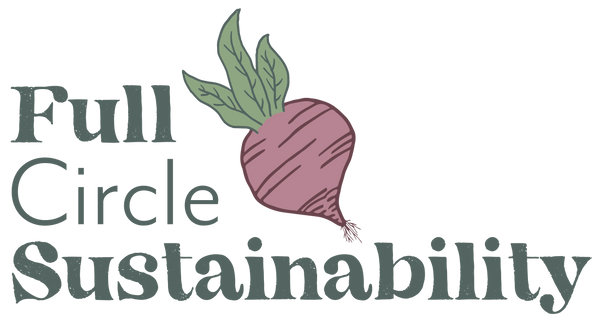
The Trouble with Textile Recycling
Figuring out textile recycling is HARD! I've never really been clear on the best way to deal with fabrics that are really done—old underwear, stained shirts, jeans that are ripped beyond repair, little scraps of fabric left over from craft projects.... I've been told that thrift stores sometimes take them and that they'll get down-cycled to be used as rags or shredded up for insulation. But I feel weird giving those items to Goodwill and have just never felt confident that they would actually find their way to a fate other than the landfill.
It's hard to figure out how to recycle fabric because the process of recycling it isn't easy either. Most textiles contain multiple raw materials, and those have to be separated to be made into new garments. Even with something being shredded for insulation, recyclers have to deal with buttons and zippers. And for the most part, all that fabric is sorted by hand.
There are some new technologies out there trying to make the process easier. (You can read about a couple of them here and here.) But it will be awhile before the system really improves.
So I was excited last week when a friend told me about some services that offer mail-in textile recycling. You buy a bag, fill it with worn-out fabrics, and send it in. The companies guarantee that almost everything they receive is recycled in some way—as rags, insulation, etc. I got my bags in the mail today, and I'm so excited to have an outlet I trust for handling all the old fabric I've been hoarding!
Of course the best thing to do with all of your textiles is to get as much use out of them as you can—and to avoid aquiring so many to begin with. Even if you can barely sew, you can do some mending (here are some creative ideas and tips for begininers). You may also be able to find someone in your area who does mending or alterations. Old textiles make great rags and napkins. And of course you can sell or donate anything that's still usable. If you have a shopping habit, really make a point to try and find what you want secondhand. Between consignment shops, thrift stores, and all of the online secondhand shopping and swapping options, buying new textiles should really be a last resort.
If you do buy new, start to think about the product's end of life right from the beginning. Can you choose materials that will last longer? Styles and colors that are relatively timeless? Natural fibers that could compost or more easily be recycled than synthetic blends? There's a lot to think about, and of course it's hard to balance all of it. But approaching textiles with a mindset of "refuse, reduce, reuse, recycle" will help keep you on the right track. And with better options for recycling, all of us can keep more of our fabrics out of the landfill.



